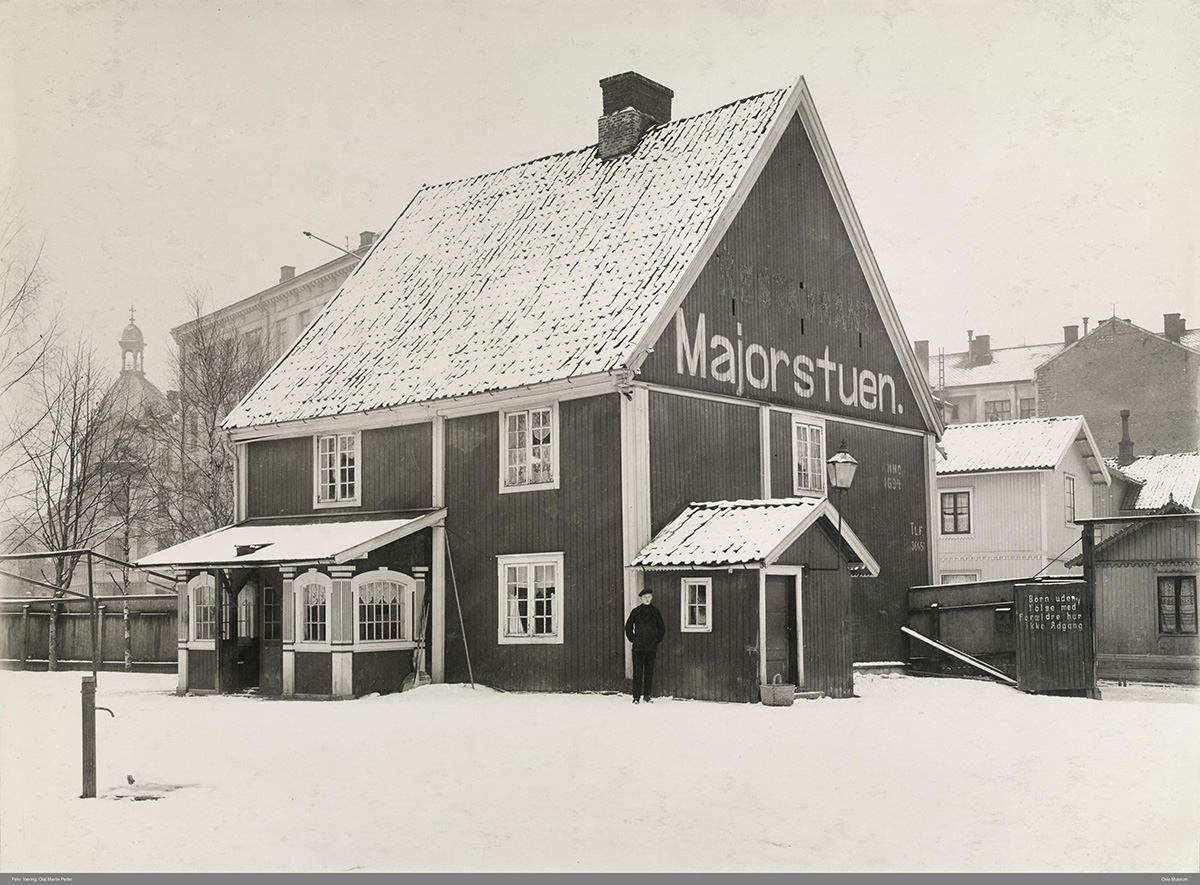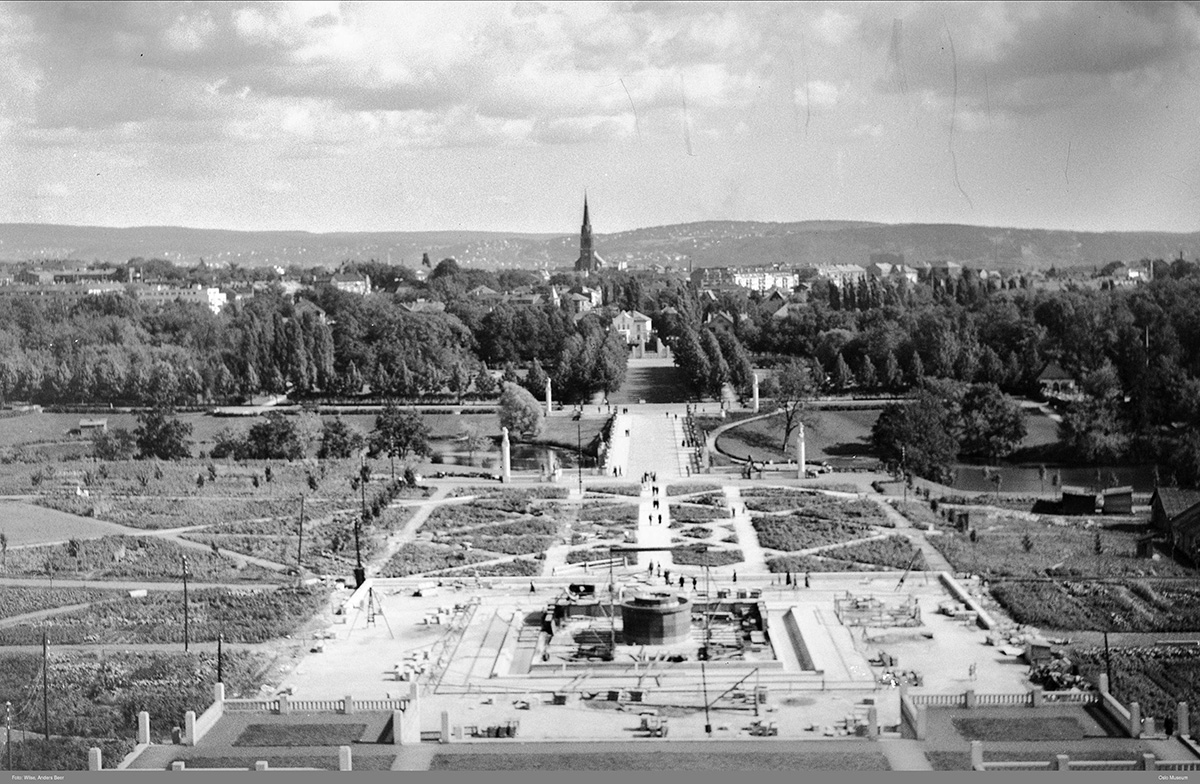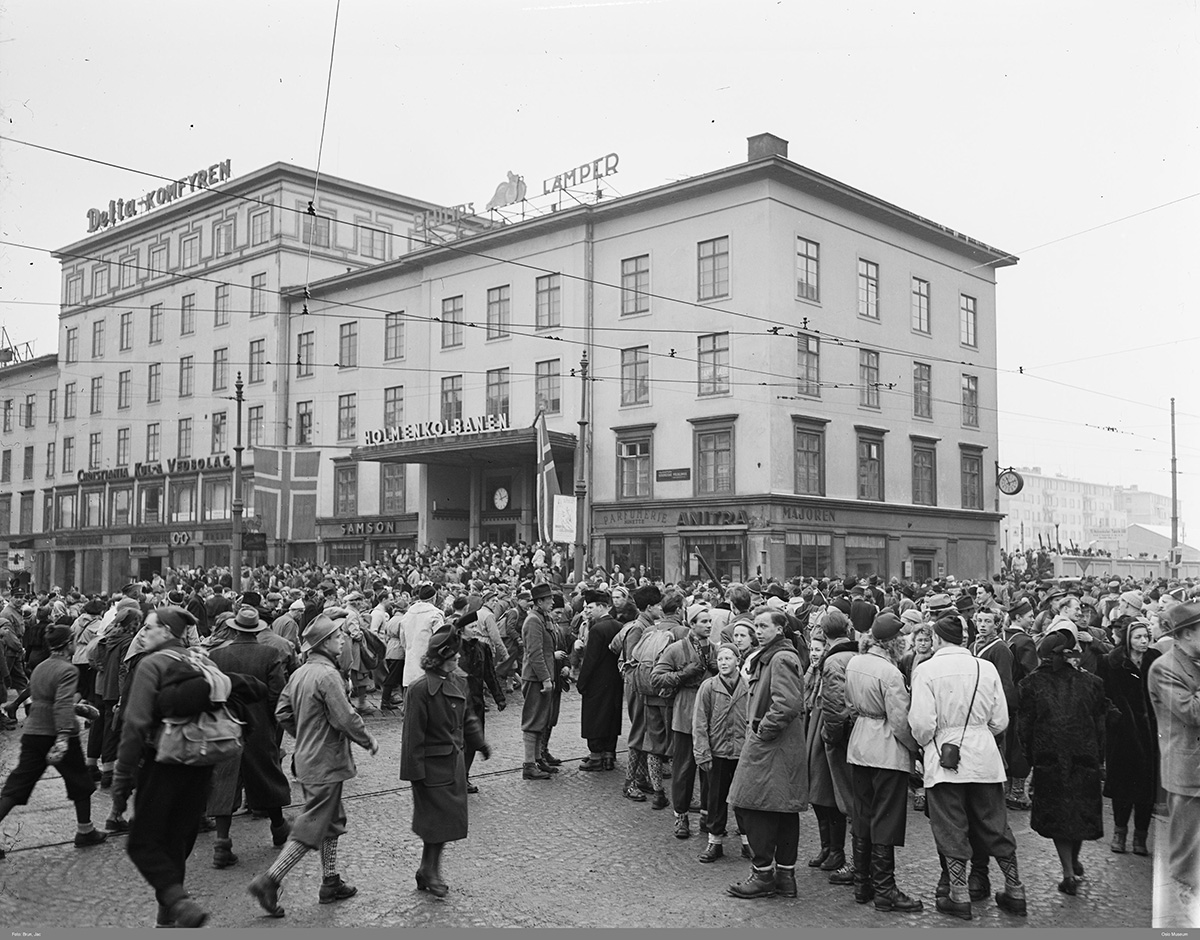From Majorstua to Majorstuen

The name Majorstuen comes from a small house (called "stue" in Norwegian) that was built around 1750 on a piece of land below Nedre Blindern farm. There is uncertainty about who the house is actually named after, as Captain Michael Wilhelm Sundt named his son after himself. The son died young, never achieving his own title of captain. Thus, he remained only Major Michael Wilhelm Sundt.
The house was located in Sørkedalsveien 1B, was a departure point for townspeople and was run as a restaurant at the end of the 19th century. It was the locals in Aker who started calling the area around the house "Majorstua". The name appeared on the map in 1800, written "Majorstuen" according to Danish spelling conventions.
The area was gradually built up with rental properties for the bourgeoisie. This led to a change in the pronunciation of the name, where the residents pronounced the name according to the Danish spelling. The house unfortunately had to be removed in 1913 to make way for the Smestad line's station building.
The house was moved to Husebyveien 12, and still stands there today (affected by extensive remodeling). Today, the name of the area is pronounced with both an -a and -en ending, depending on each person's social and political affiliation.
Frogner Park

About 600 meters from the subway station, you will find Frogner Park. The area where Frogner Park is located today was bought by the then municipality of Kristiania in 1896 with plans to turn parts of the area into a cemetery.
At the turn of the century, it was instead decided that a public park for relaxation and sports should be established in the area. Frogner Park is also home to Vigeland Sculpture Park with its 214 sculptures by Gustav Vigeland. This is the first park in Norway that has been protected by the Directorate for Cultural Heritage (2009) and is one of Norway's biggest tourist attractions.
The sculptures in the park were unveiled at different times, from the first in 1939 to the last in 2002. The most famous sculptures in the park are Sinnataggen, the Fountain and the Monolith. The latter sculpture was unveiled in 1944. By then, three stonemasons had worked for 16 years to finish it. The stone it is made of was transported from Iddefjorden by Halden in one piece.
Oslo Transport Museum
Just around the corner from Majorstuen subway station, in Gardeveien 15, is the Oslo Transport Museum. Oslo Transport Museum, also called Vognhall 5 or Sporveismuseet in Norwegian, is run by volunteer members of the Local Traffic History Association (LTF). The voluntary work consists of preserving and communicating the history of public transport in Oslo and Akershus, and the association was founded as early as 1966.
At the Oslo Transport Museum you can see a large collection of trams, trailers, tools, objects from stations, ticketing, signs, posters, uniforms and much more related to public transport history. The exhibition has been curated to contain as wide a range of public transport history as possible, from a horse-drawn tram from 1875 to the most recently used subway cars.
The museum also has several text posters and video presentations about public transport, urban history and urban development, and conveys stories from both travelers and workers on the tramway. The members of LTF are also working to digitize a large collection of photographs and cultural-historical objects on the Digital Museum.
The transport museum is now temporarily closed due to reconstruction, which will include an entrance area that is universally designed and is set to reopen in late autumn of 2024.

External films
Watch the film "Majorstuen stasjon, Holmenkolldagen 1924" on youtube.com